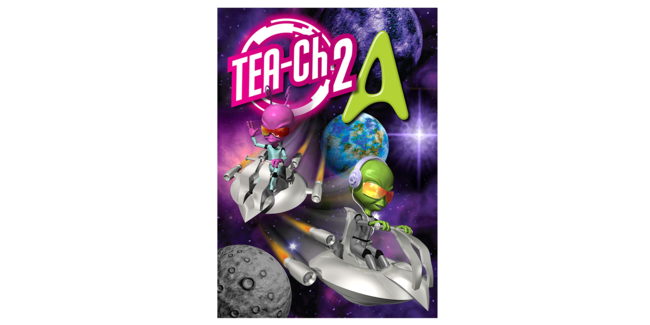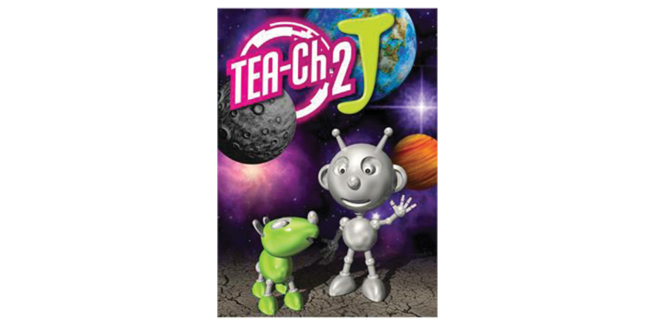The Test of Everyday Attention for Children, Second Edition (TEA-Ch2) is the gold-standard test of attention for children, which uniquely measures separable aspects of attentionTEA-CH2 Kit and Manual will be out of print from May 31st 2024

Test of Everyday Attention for Children, Second Edition
TEA-Ch2
The Test of Everyday Attention for Children, Second Edition (TEA-Ch2) is the gold-standard test of attention for children, which uniquely measures separable aspects of attentionTEA-CH2 Kit and Manual will be out of print from May 31st 2024Choose from our formats
Test forms & reports
Booklets, record forms, answer sheets, report usages & subscriptions
2 options